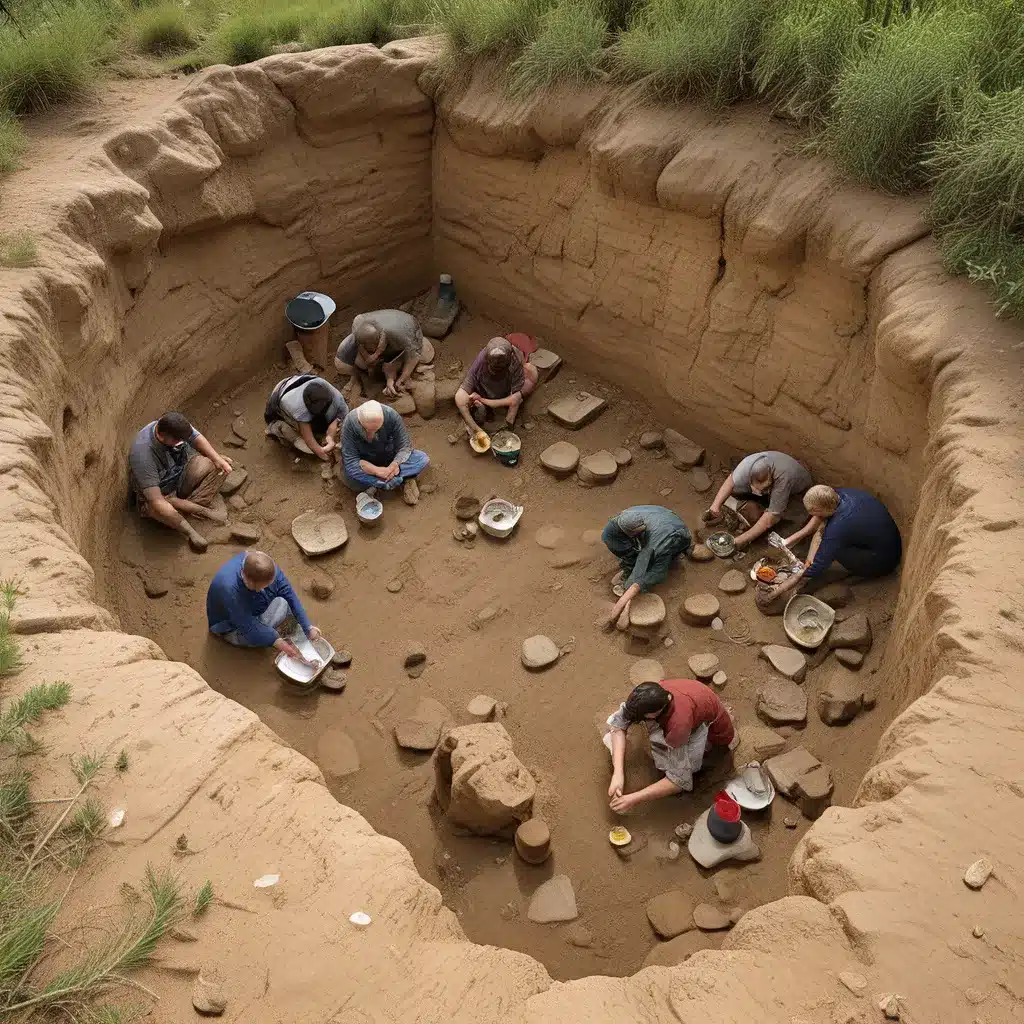
The study of ancient civilizations has long captivated the minds of historians, archaeologists, and the general public alike. As we delve deeper into the mysteries of the past, an increasingly crucial aspect of this research is understanding the environmental impact of these ancient societies. From the rise and fall of iconic empires to the discovery of lost cities, the ways in which our ancestors interacted with and modified their surrounding ecosystems hold valuable insights into the trajectory of human history.
Exploring the Ecological Footprint of Ancient Cambodia
One remarkable example of this dynamic can be found in the ancient Khmer civilization of Cambodia. The city of Mahendraparvata, located in the lush Cambodian jungles, was once the hub of a thriving ancient society. Recent archaeological discoveries have shed light on the remarkable ways in which the Khmer people adapted to and shaped their natural environment.
The excavation of Mahendraparvata has revealed a sophisticated system of water management and infrastructure, including a network of canals, reservoirs, and hydraulic structures. This intricate water management system was crucial for sustaining the city’s population and agriculture, as the region experiences both wet and dry seasons. By harnessing the natural water resources, the Khmer people were able to maintain a thriving urban center and support a large population.
However, the environmental impact of this ancient civilization was not without its consequences. Deforestation and soil degradation appear to have been significant issues, as the Khmer people cleared land for agriculture and construction. The intensive use of the land led to a decline in the region’s natural resources, ultimately contributing to the downfall of Mahendraparvata and the broader Khmer empire.
Uncovering the Environmental Footprint of Ancient Societies
The story of Mahendraparvata is not unique; it is a microcosm of a broader trend observed in the study of ancient civilizations. As researchers continue to uncover the archaeological and historical records of these societies, a clearer picture of their environmental impact is emerging.
Government studies have revealed that many ancient cultures, from the Mesopotamian empires to the Inca civilization, had significant ecological footprints. These societies often relied on extensive agriculture, mining, and resource extraction to sustain their populations and economic activities, leading to substantial changes in the local and regional environments.
The environmental impact of ancient societies can be seen in a variety of ways, including:
- Deforestation: The clearing of forests for agriculture, construction, and fuel production was a common practice in many ancient civilizations, often leading to long-term changes in the local landscape.
- Soil Degradation: Intensive farming, overgrazing, and unsustainable land management practices contributed to the depletion and erosion of once-fertile soils.
- Water Management: The construction of elaborate irrigation systems, dams, and canals altered the natural flow of water, impacting local ecosystems.
- Resource Extraction: Mining, quarrying, and the exploitation of natural resources, such as timber and minerals, left lasting marks on the environment.
Lessons from the Past for a Sustainable Future
As we uncover the environmental impact of ancient societies, we are presented with both cautionary tales and opportunities for learning. The rise and fall of these civilizations serve as a reminder of the delicate balance between human activities and the natural world.
Emerging research suggests that a deeper understanding of these historical patterns can inform our approach to sustainable development and environmental stewardship in the present day. By studying the mistakes and successes of our ancestors, we can strive to create more harmonious relationships between human societies and the ecosystems they inhabit.
The lessons gleaned from the environmental impact of ancient civilizations are particularly relevant as the world grapples with the challenges of climate change, biodiversity loss, and resource depletion. By applying the insights gained from this historical perspective, we can work towards a more sustainable future, one that balances the needs of human societies with the preservation of the natural world.
Exploring the Significance of Archaeological Discoveries
As the study of ancient civilizations and their environmental impact continues to evolve, the role of archaeological discoveries cannot be overstated. With each new excavation, researchers uncover valuable clues that shed light on the complex relationships between human societies and their surrounding environments.
These archaeological findings not only enhance our understanding of the past but also inspire new theories and approaches to addressing contemporary environmental challenges. From the intricate water management systems of the Khmer people to the large-scale deforestation practices of ancient Mesopotamia, the insights gained from these discoveries are crucial for informing modern-day policies and sustainable practices.
Moreover, the study of ancient civilizations and their environmental impact serves as a powerful reminder of the interconnectedness of human history and the natural world. By exploring these ancient societies, we can gain a deeper appreciation for the ways in which our ancestors adapted to and shaped their environments, and how those actions continue to reverberate through the centuries.
As you explore the world of ancient civilizations and their environmental legacies, remember that the lessons of the past hold the potential to guide us towards a more sustainable future, one in which human societies and the natural world coexist in harmony.


